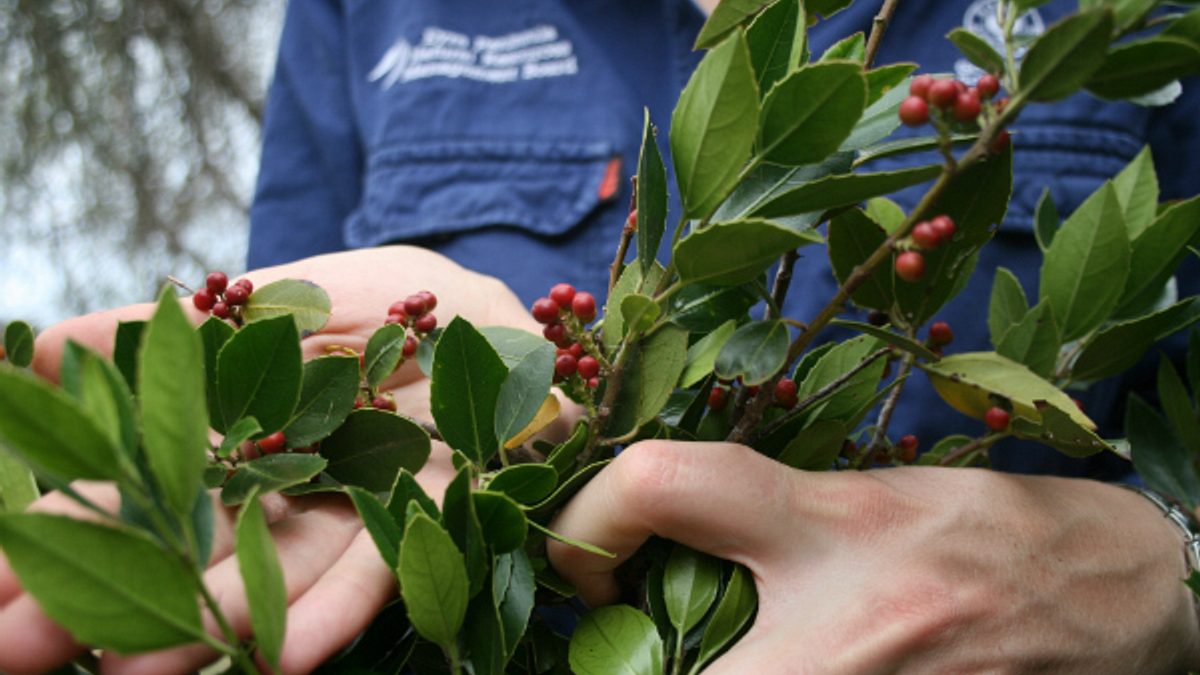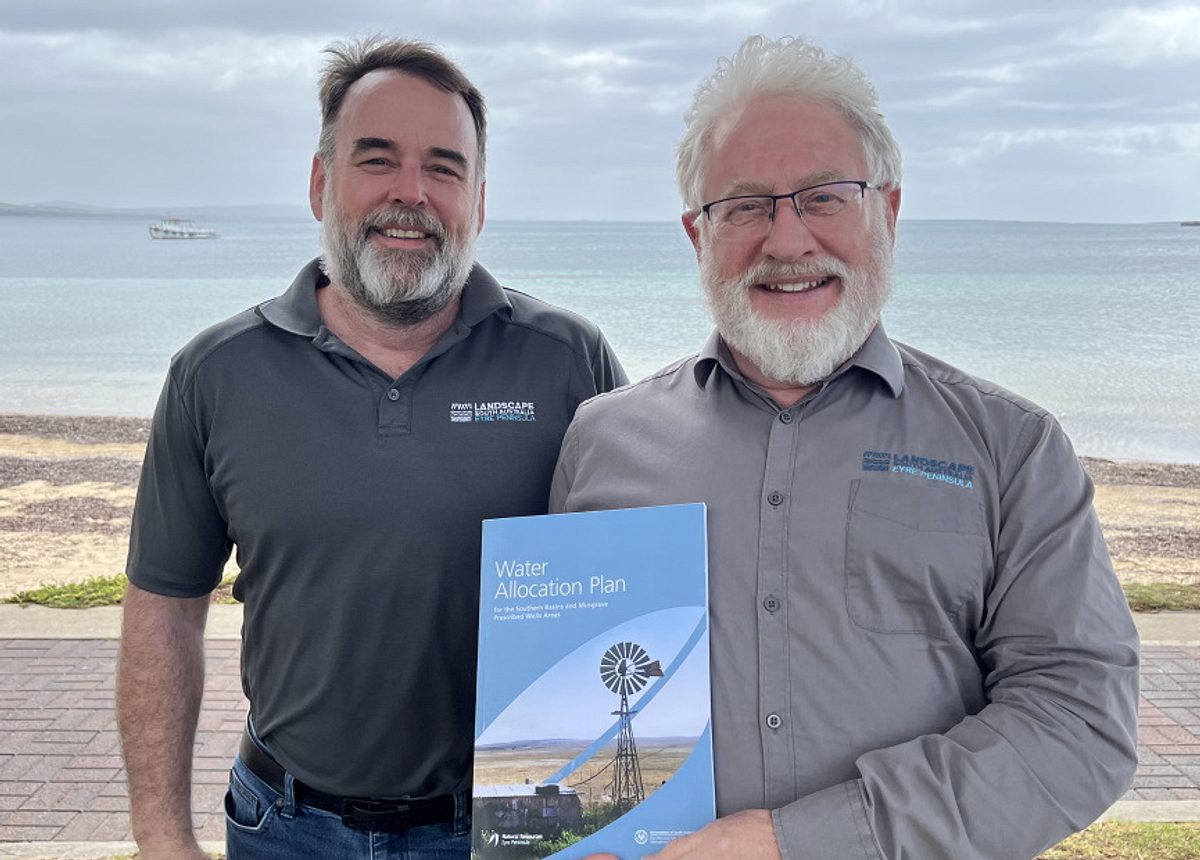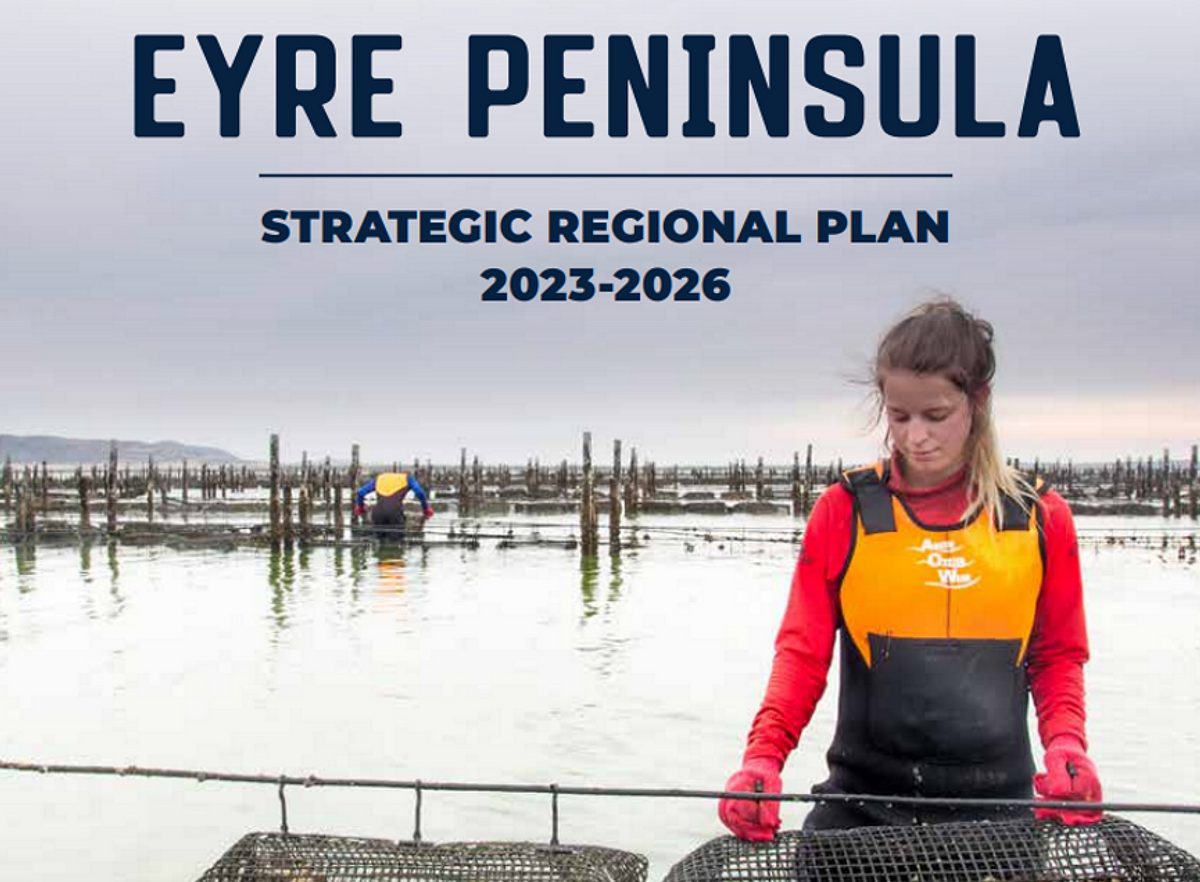'Buzz off' Blow-fly bush
The Blow-fly bush, also known as the Italian buckthorn or Rhamnus alaternus, is an unwanted plant that is spreading on Eyre Peninsula.
The Blow-fly bush, also known as the Italian buckthorn or Rhamnus alaternus, is an unwanted plant that is spreading on Eyre Peninsula.
Rhamnus is a garden escapee, originating from the Mediterranean and is very invasive. It’s a large evergreen shrub with dark green glossy leaves that have serrated edges.
It was originally planted as a hedging plant as it can grow up to five metres high, however, it is a prolific seeder and its bright red berries are eaten and spread by birds and wildlife.
Natural Resources officers have recently mapped the extent of the spread of Rhamnus along roadsides on the Lower Eyre Peninsula.
Natural Resources officer Lana Roediger said clusters of the plant were found at Cummins, Coulta, Port Lincoln, Yallunda Flat, Cummins, White Flat, Dutton Bay, Mount Hope and Sheringa Beach.
“Flinders Highway, Bratten Way and the Coffin Bay access road also had multiple plants,” Ms Roediger said
”The Port Lincoln City Council has started work to control the weed within reserves, and community groups in Port Lincoln, Coffin Bay and Yallunda Flat are also working to eliminate Rhamnus.
“To prevent the spread of Rhamnus further we’re encouraging people who have it in their gardens or on their properties to remove it and replace it with a native plant.
“Although it is not currently a declared plant under the Natural Resources Management Act 2004, it is likely to be declared within the next six months.”



